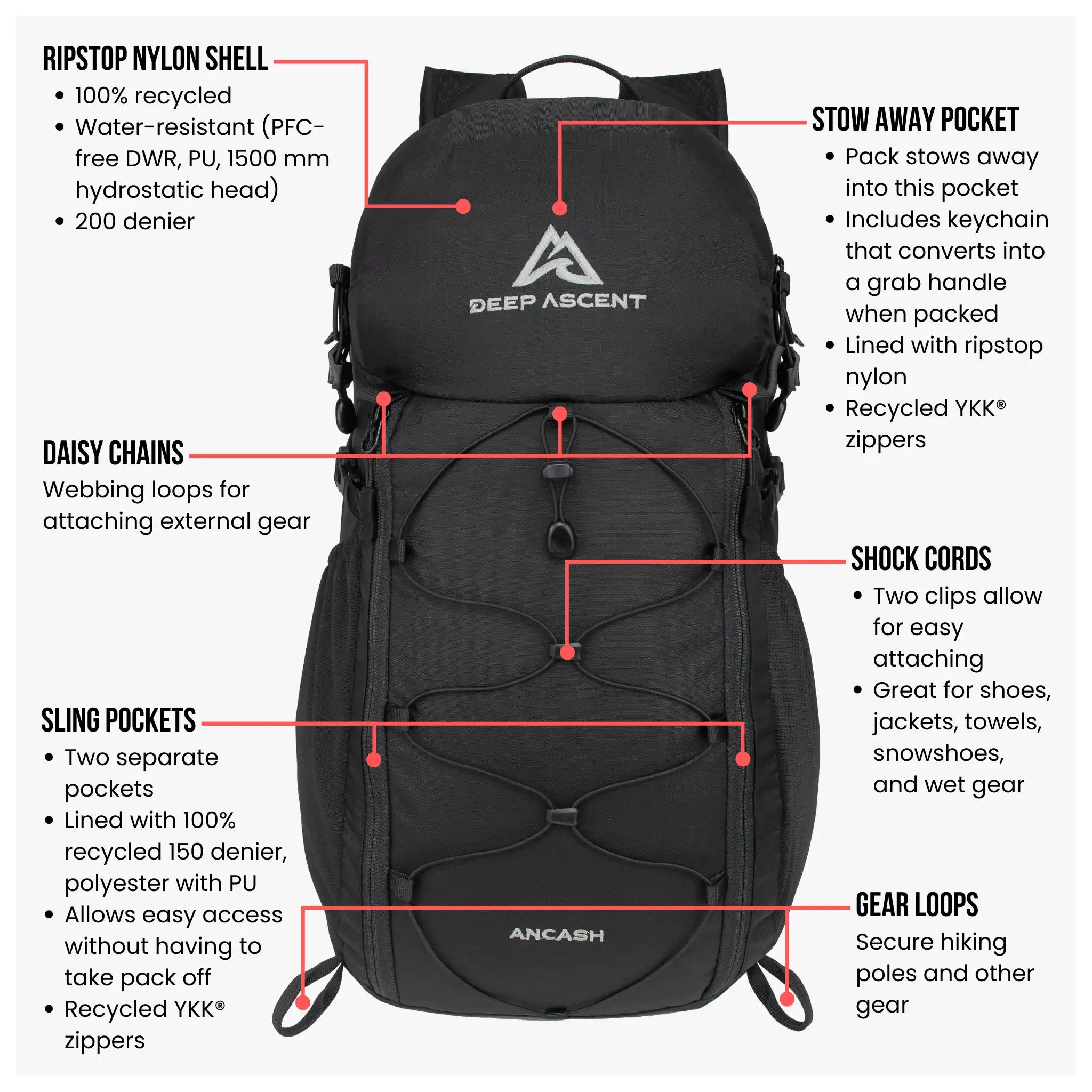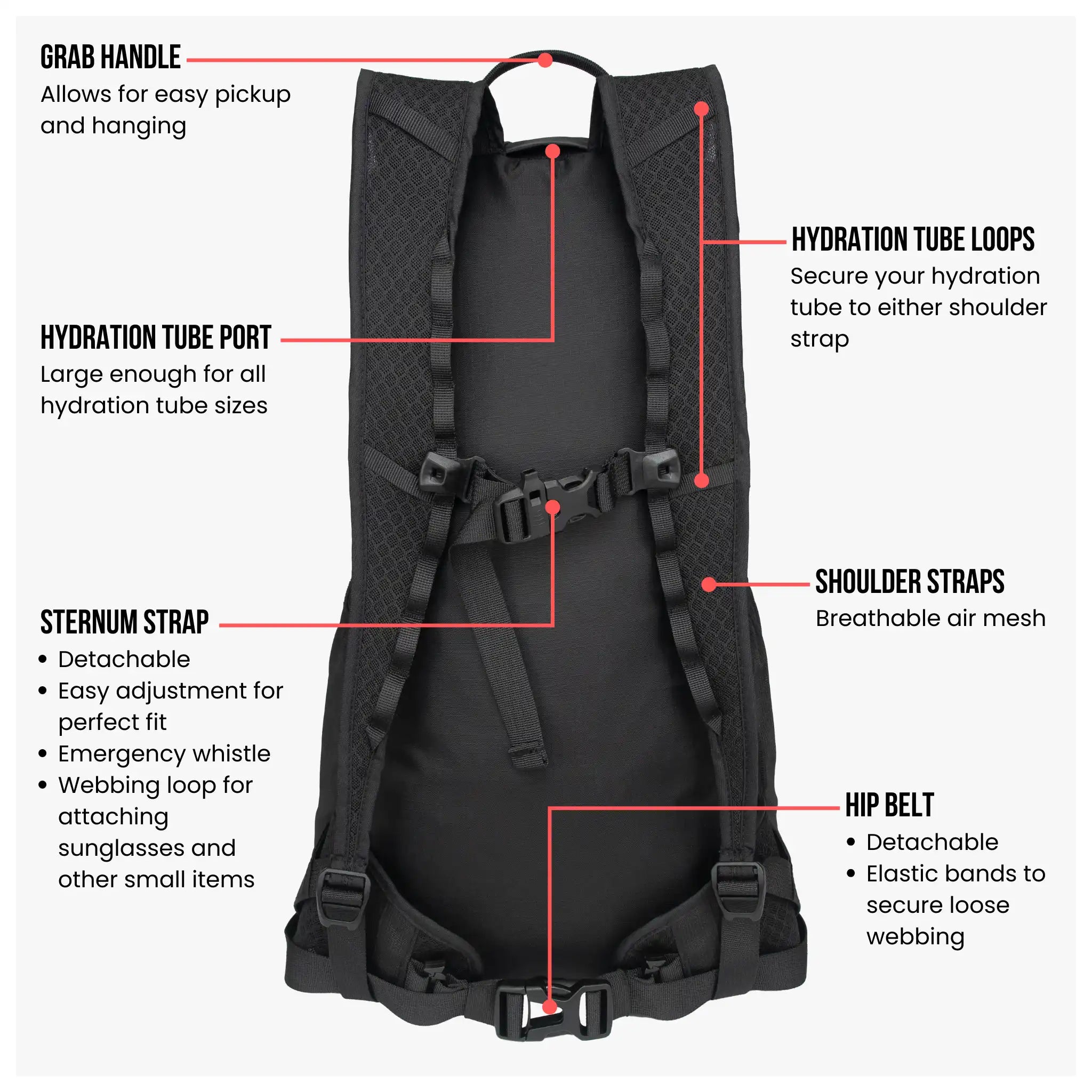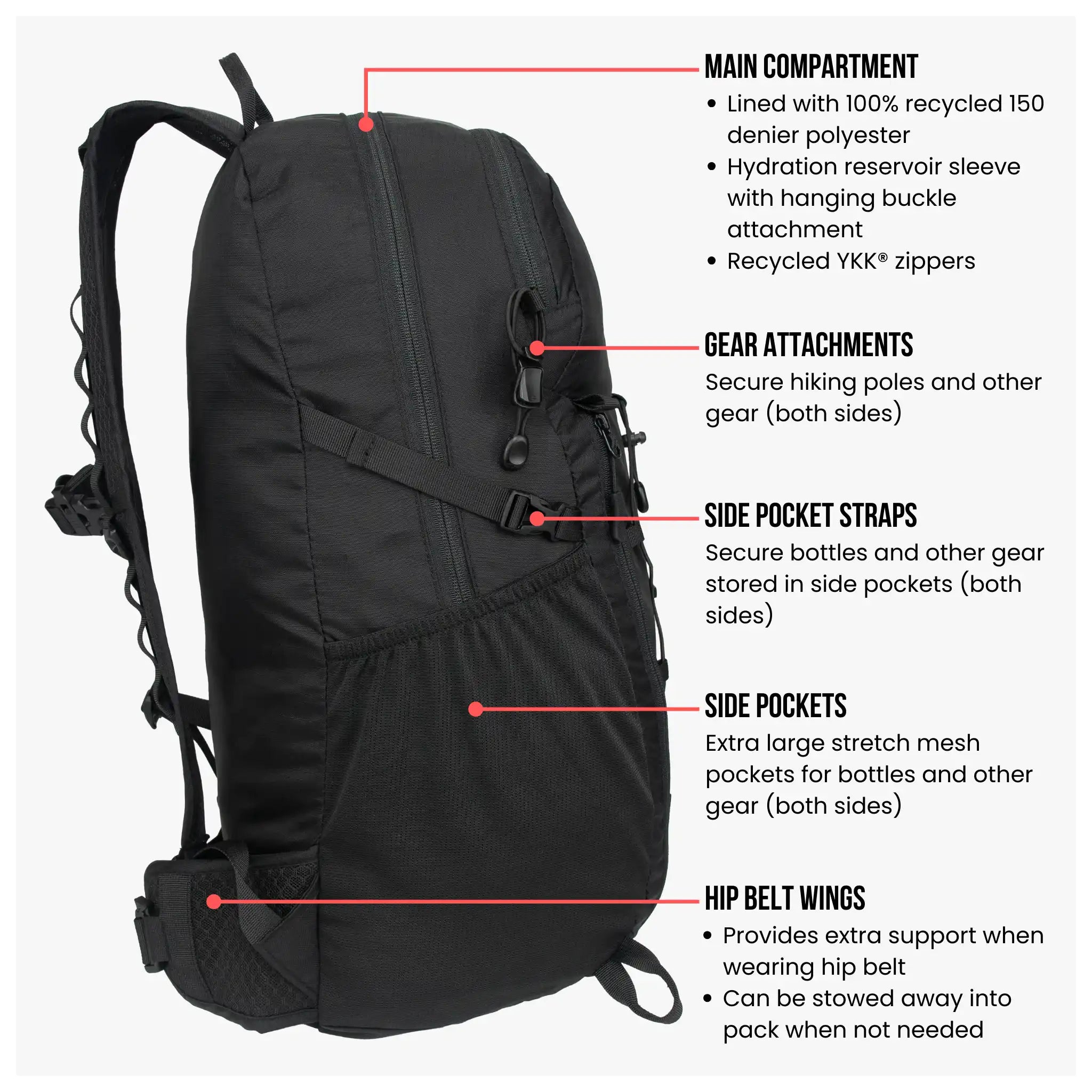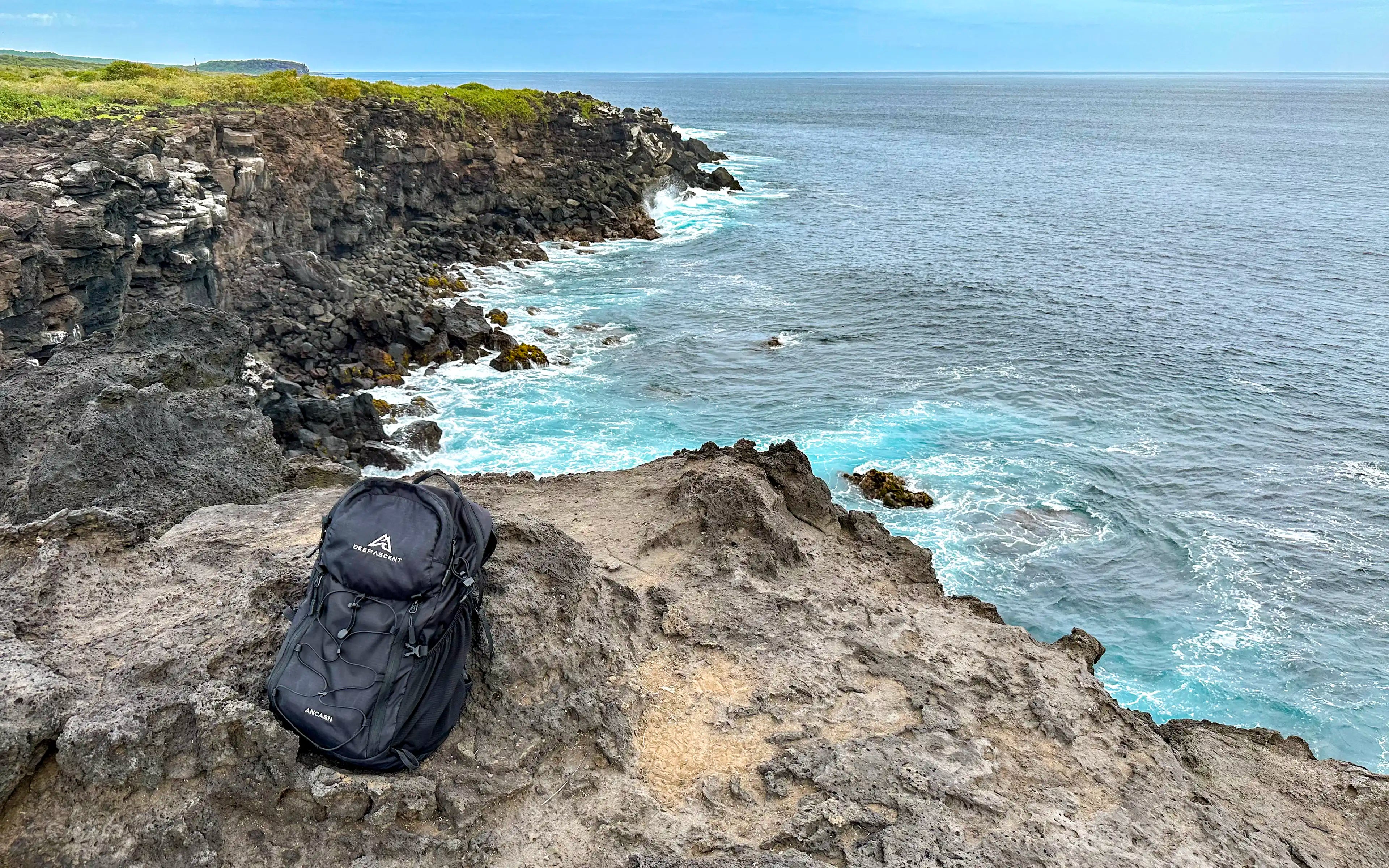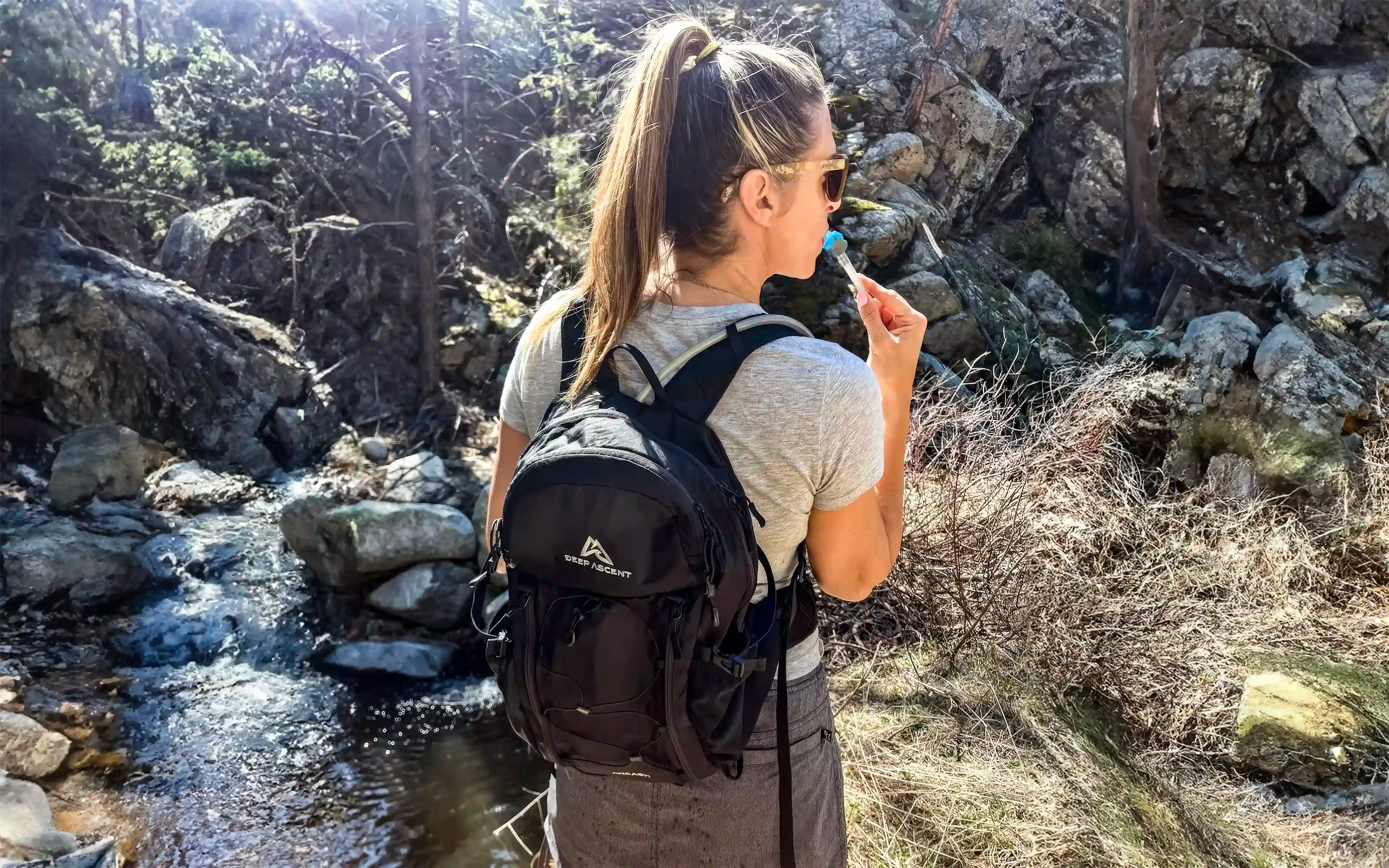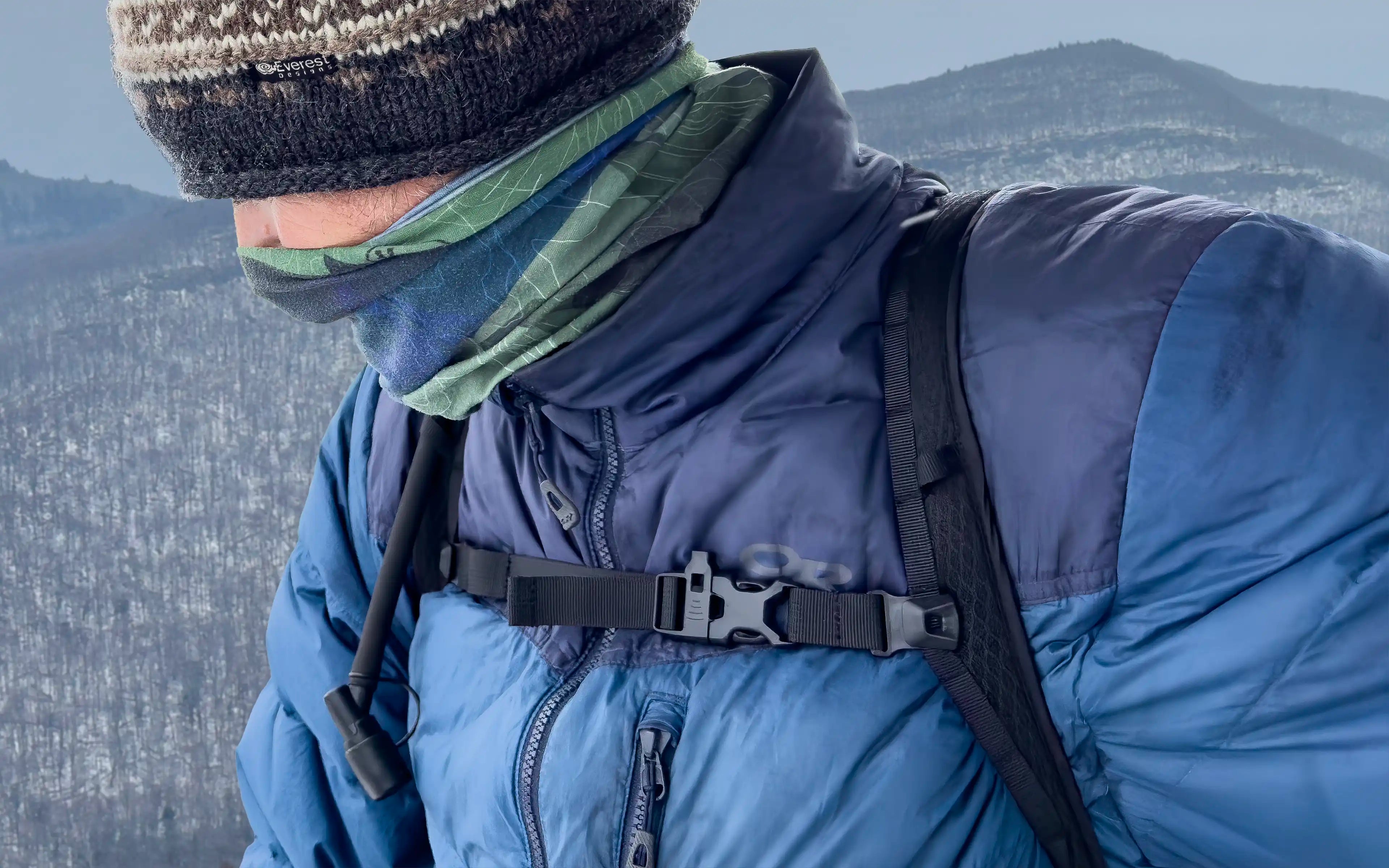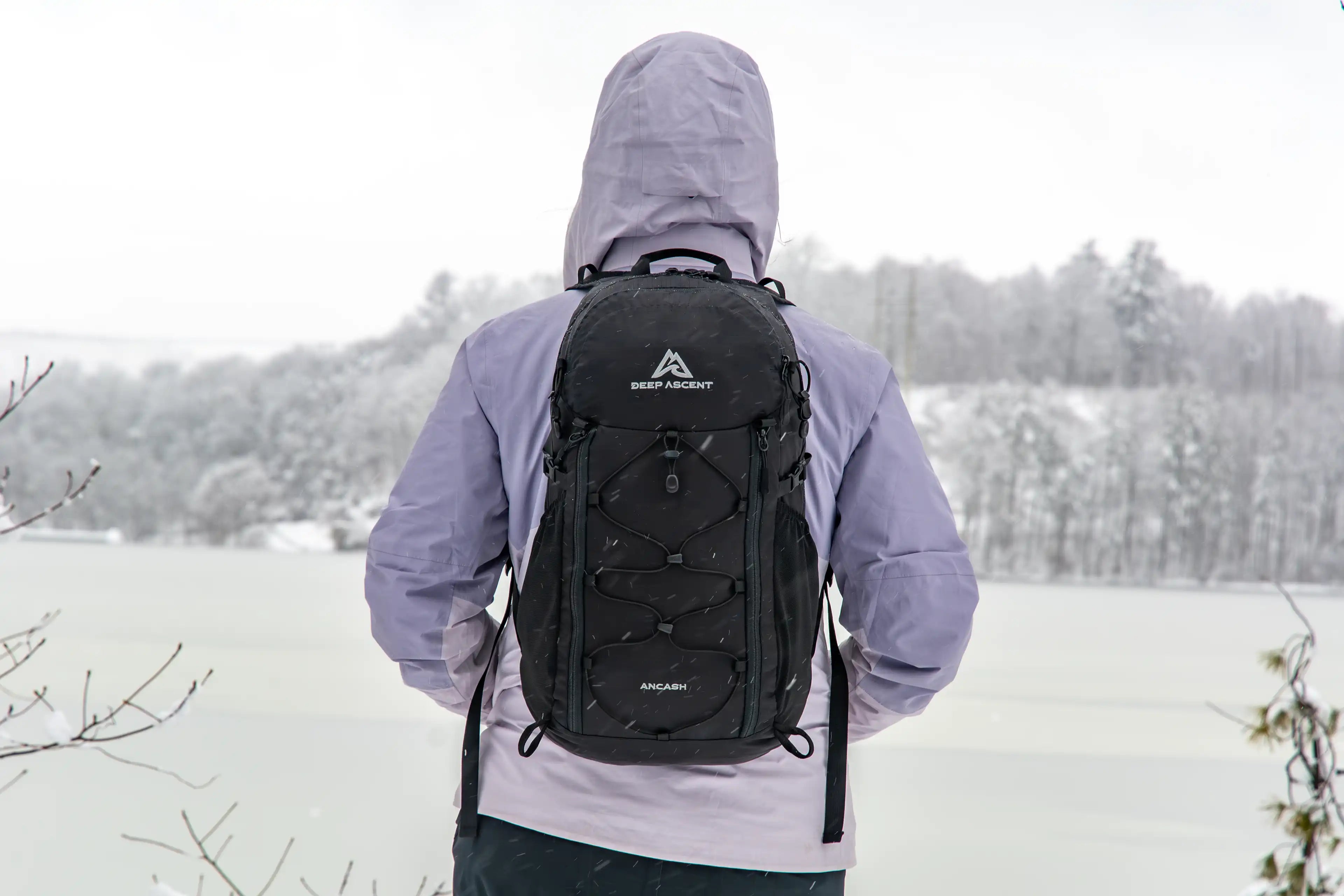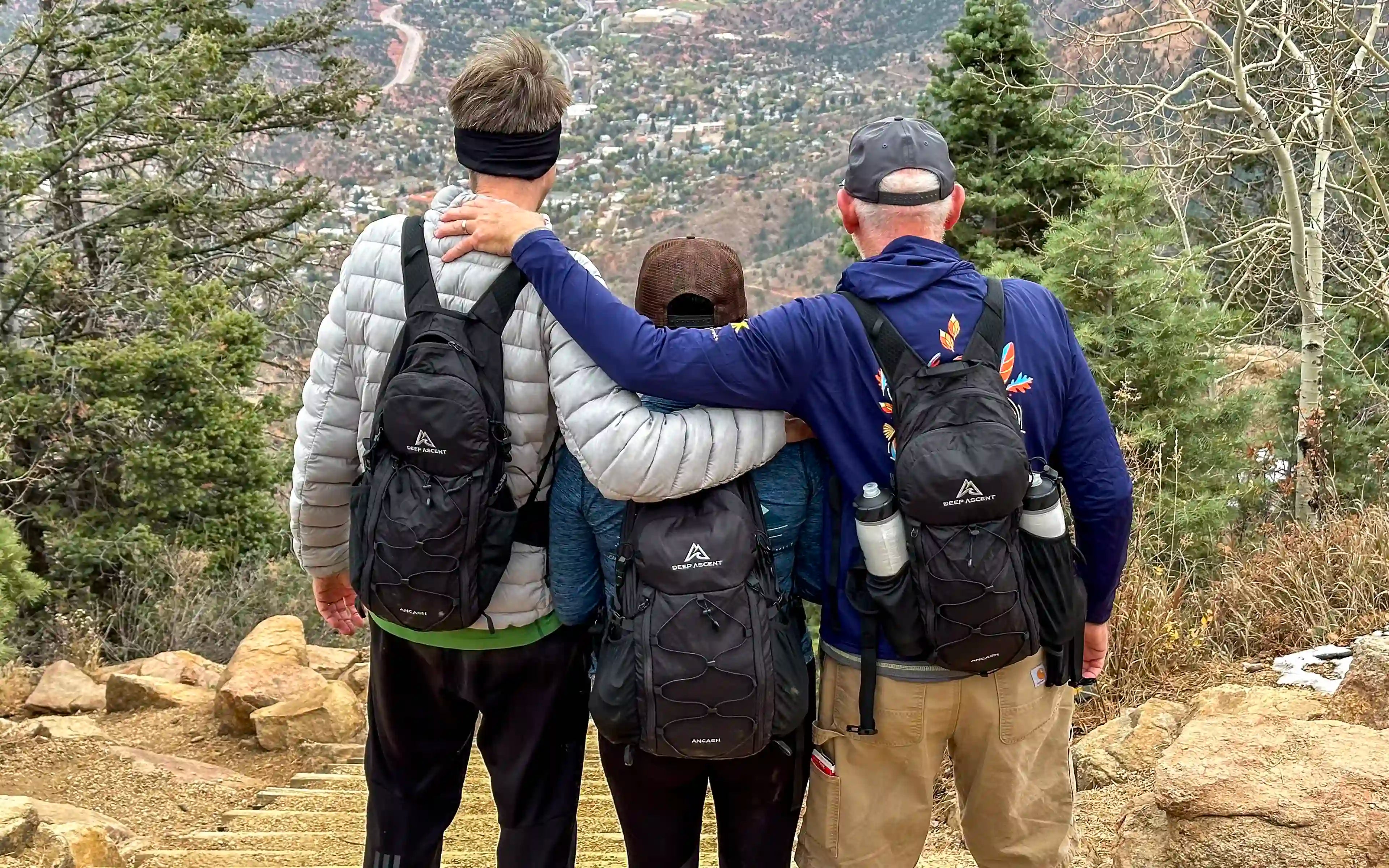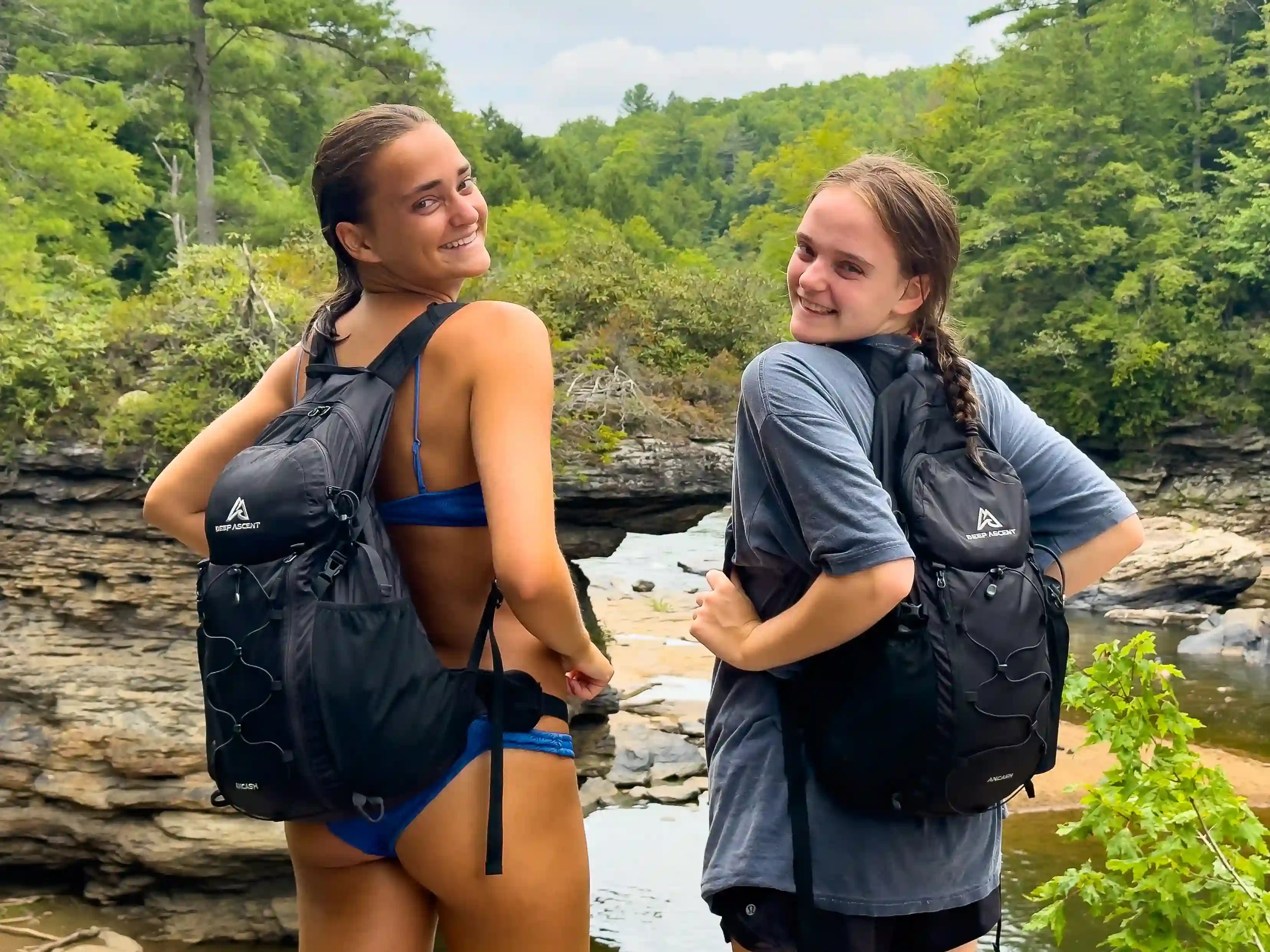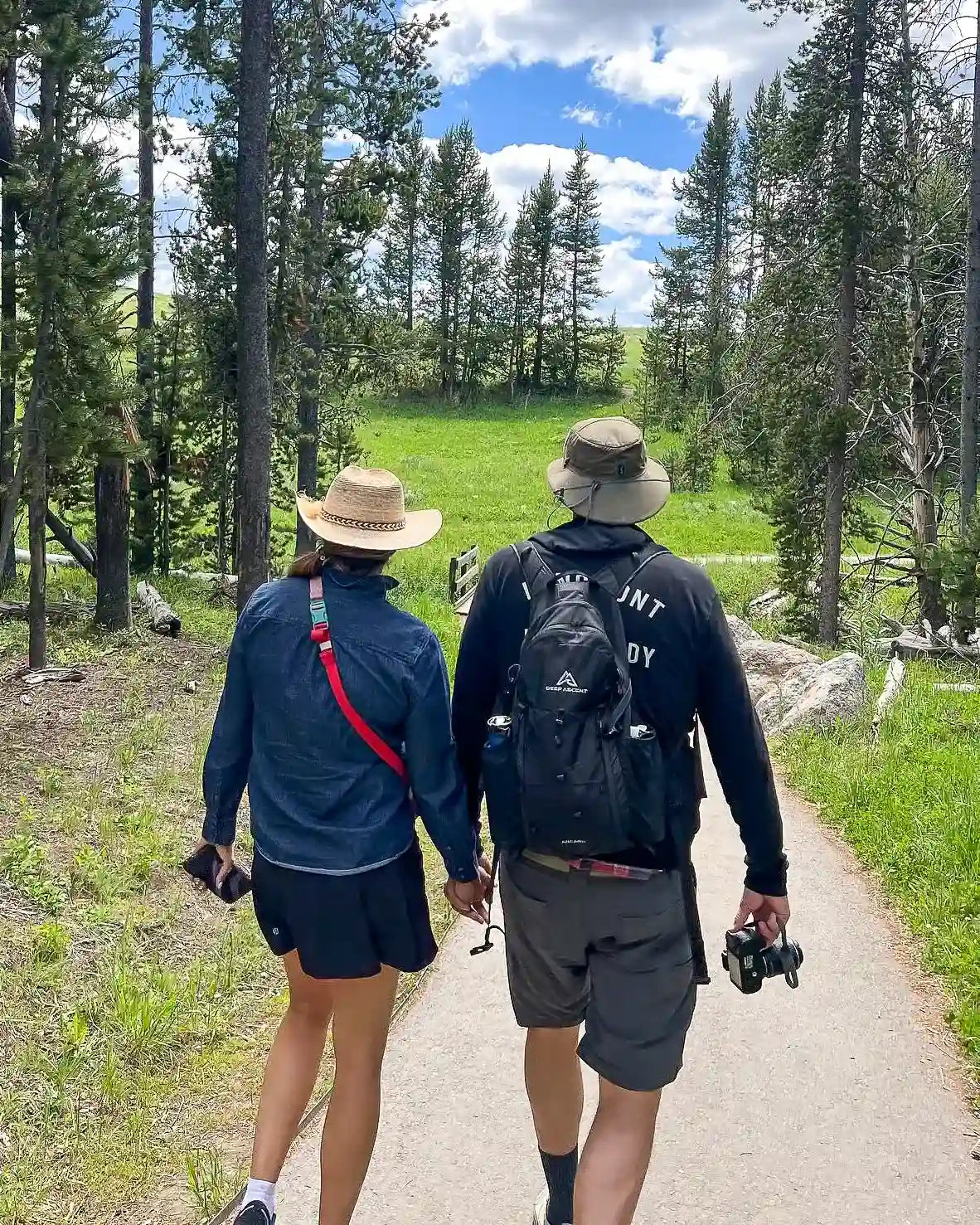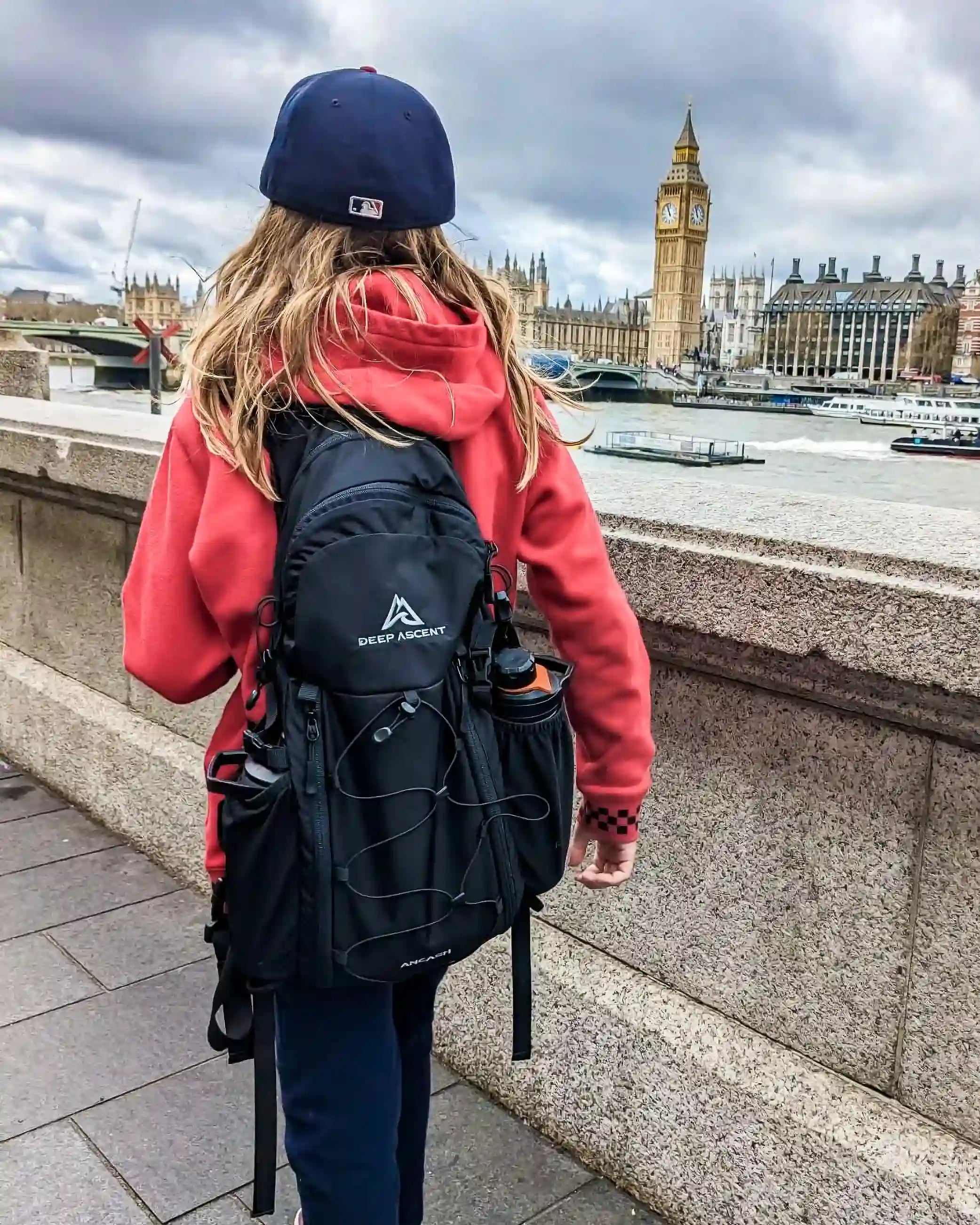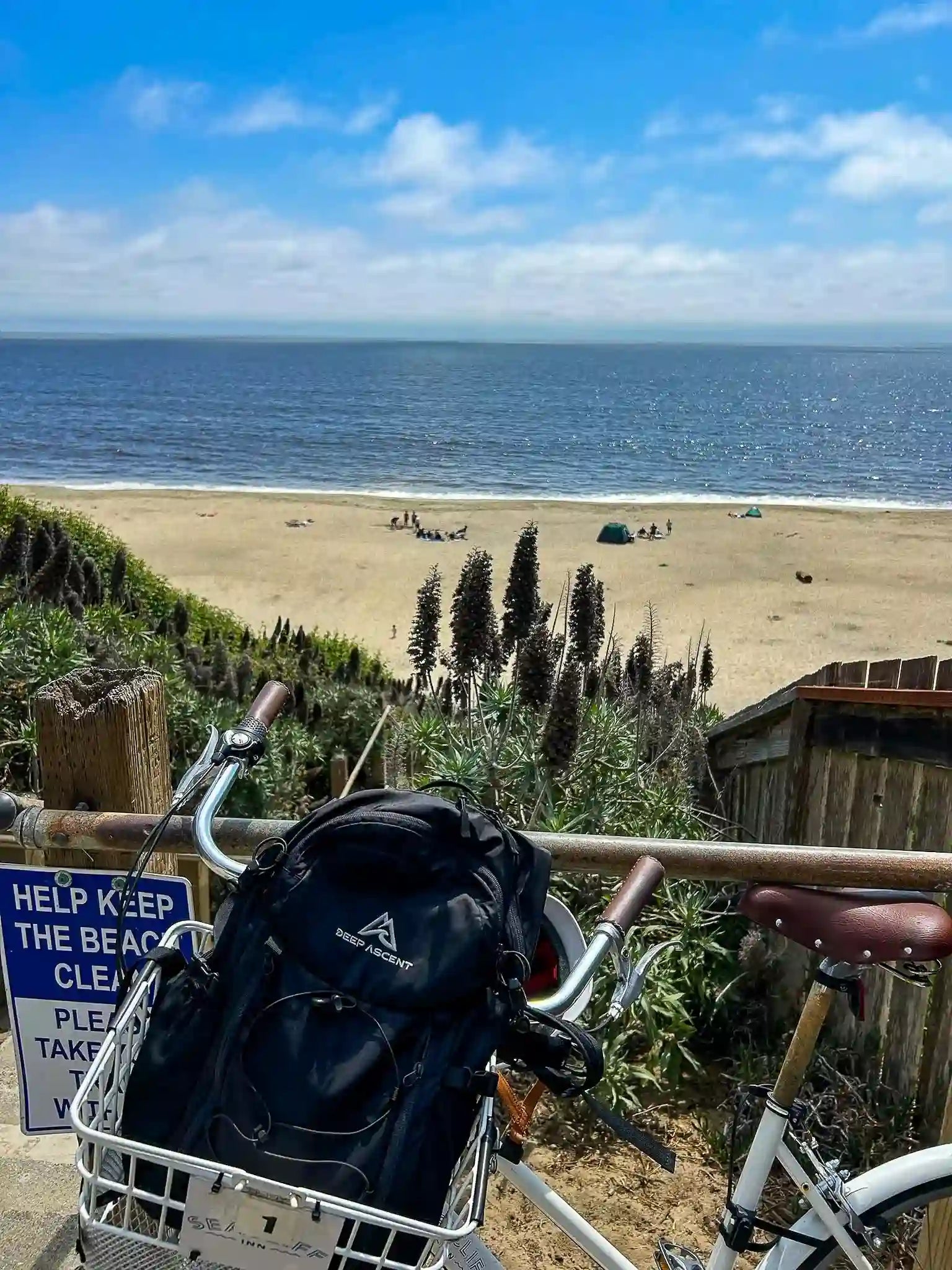Packable Hiking Backpacks: Are They Trail-Ready?

When you think of hiking gear, packable backpacks might not be the first thing that comes to mind. Often seen as travel daypacks, they may appear better suited for casual use rather than rugged outdoor adventures. However, with the right design and features, a packable hiking backpack can be an excellent choice for your next hike. Lightweight, space-saving, and surprisingly durable, these packs are more than capable of holding their own on the trails—if you know what to look for.
Essential Features
Not all packable backpacks are designed for the unique needs of hikers. To ensure yours is up to the challenge, consider these features:
Comfort
Comfort is critical on any hike, and it is often the biggest challenge with packable backpacks. These lightweight designs usually sacrifice padding and support, particularly in the shoulder straps and back panel, but comfort doesn’t have to be completely compromised.
To enhance support, prioritize backpacks with sternum (chest) straps and hip (waist) belts. Sternum straps stabilize the load, preventing shoulder straps from slipping, especially on uneven terrain. Hip belts redistribute weight from your shoulders to your hips, reducing strain and fatigue. Extra padding where the hip belt connects to the pack, helps reduce discomfort from the straps.
You can create additional support by packing smartly. Place softer items like clothing or a jacket against the back panel to act as cushioning. This prevents harder items from poking into your back and improves balance and comfort by distributing weight evenly.
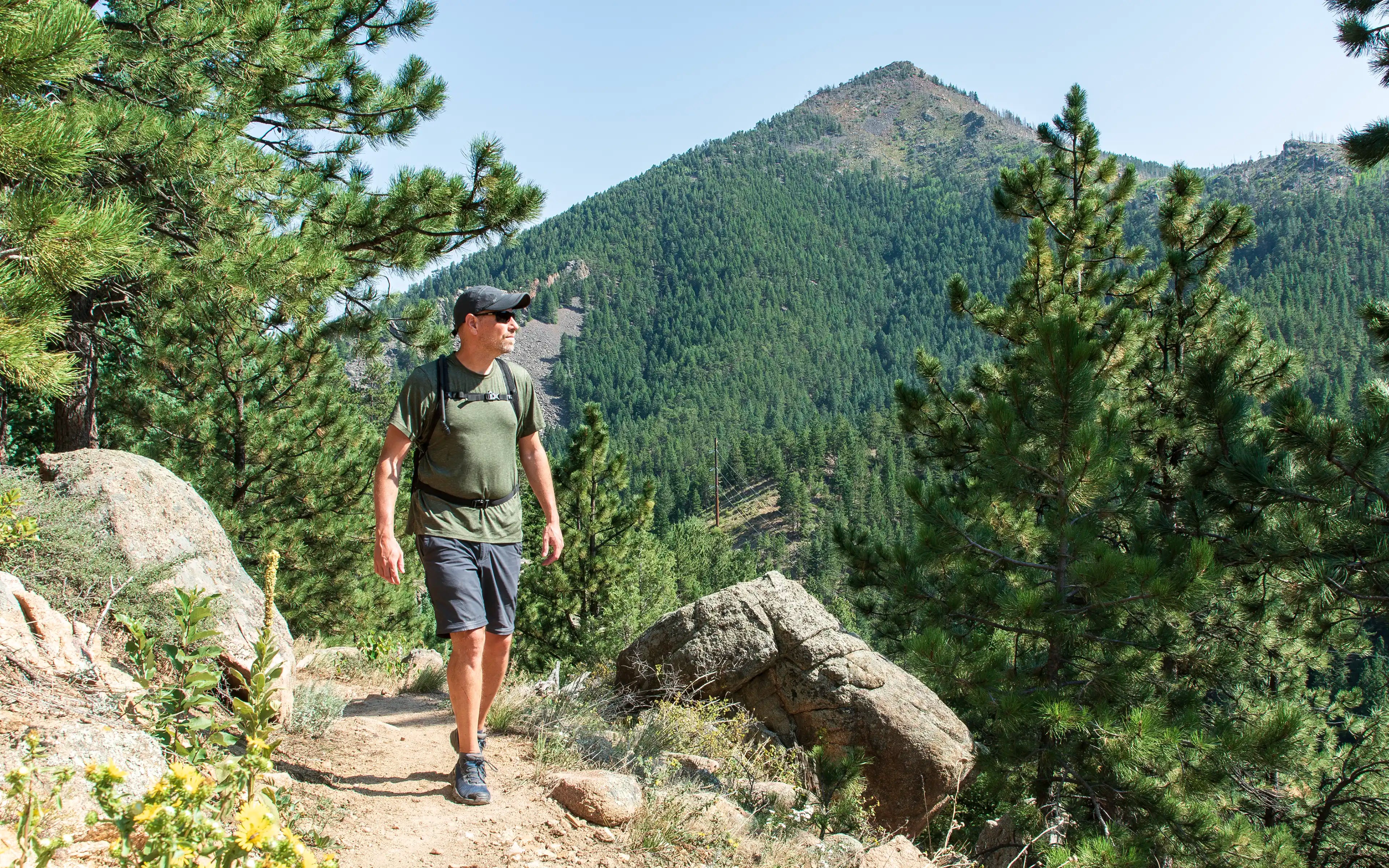
Durability
Durability is crucial for any hiking backpack, and packable designs are no exception. The outer shell is a primary factor in durability. Ripstop nylon is a popular choice for packable backpacks because it offers a good balance of durability, cost, and weight. Its distinctive crosshatch pattern helps prevent small tears from spreading. While other high-performance fabrics like Robic, X-Pac, and Dyneema offer increased durability, they often come at a higher cost and may not be necessary for all hikers. Conversely, while more affordable, regular nylon and polyester are generally less durable than ripstop nylon. CORDURA, known for its rugged durability and resistance to abrasion, is typically too heavy for packable designs but is excellent for reinforcing high-wear areas.
A fabric’s denier (D) rating, which measures fiber thickness, can offer some insight into durability. Higher denier generally indicates greater durability, but other factors like weave and fiber type also play a role. For packable hiking backpacks, a denier rating between 70D and 420D is sufficient. Any packs with a higher denier fabric will add significant weight and reduce packability.
Beyond the fabric itself, construction is key. Pay attention to reinforced stitching at stress points, high-quality zippers (such as YKK), and strong, lightweight hardware (like Duraflex, Nifco, and ITW Nexus). A double-layered bottom or a more robust bottom fabric provides extra protection against abrasion.
Water Resistance
Weather can be unpredictable, especially in the mountains, where rain, snow, and moisture can quickly change conditions. Very few packable backpacks are fully waterproof, but many have varying levels of water resistance to protect your gear. Seek out models treated with DWR (durable water repellent) coating, which helps water bead off the fabric’s surface. Backpacks with PU-coated (polyurethane) inner linings provide extra defense by creating a water-resistant barrier.
Remember that a water-resistant backpack is not entirely impervious to the elements, especially in heavy rain or prolonged exposure. To enhance water protection, use waterproofing accessories like rain covers or pack your items inside waterproof bags. Some packable backpacks also feature sealed zippers and water-resistant seams to reduce the risk of water seeping through. For more information, check out our post, Demystifying Backpack Waterproofing.
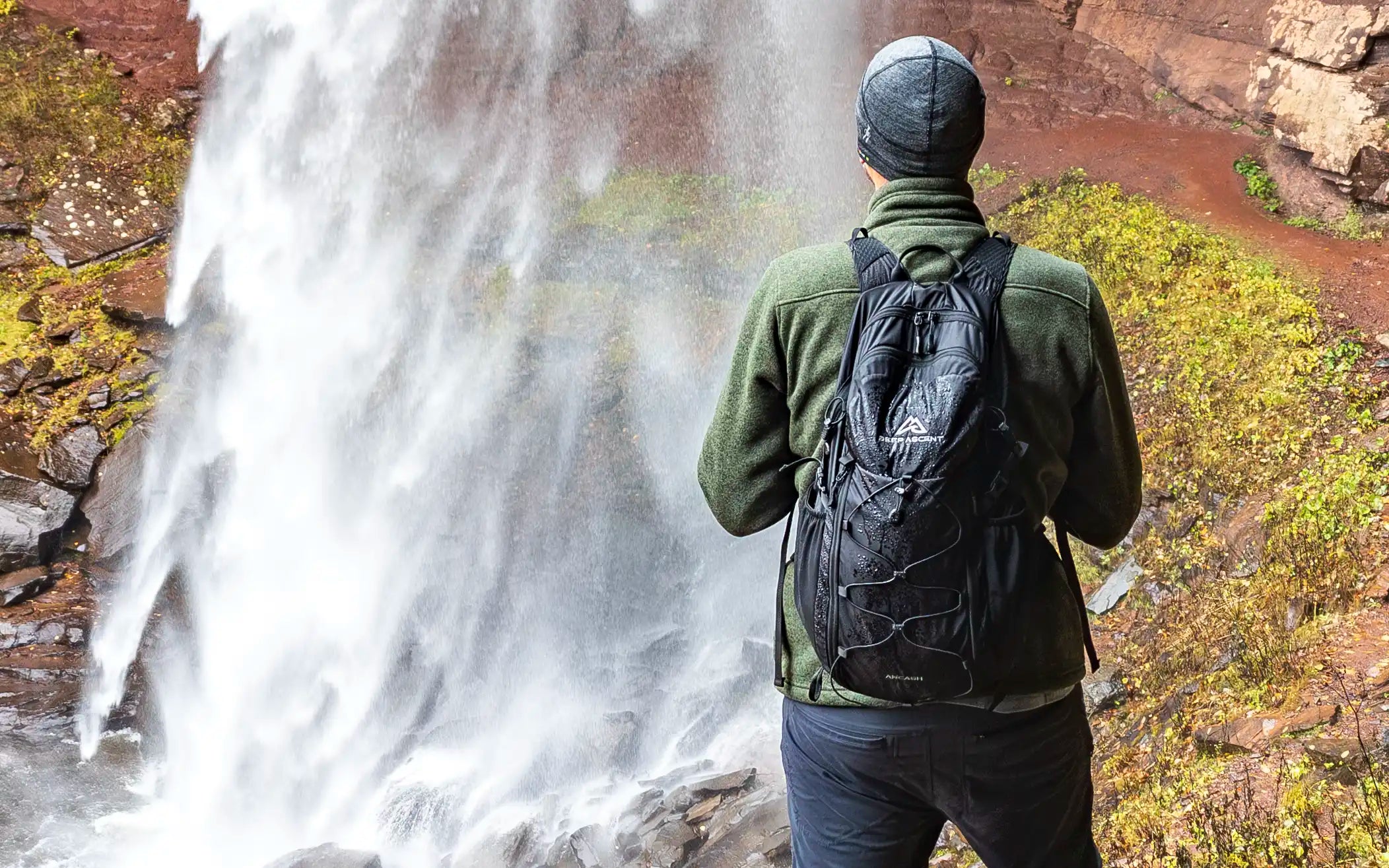
Hydration Compatibility
Staying hydrated is vital during any hike. Choose a pack with an inner sleeve for a hydration bladder, which makes drinking easier without having to reach for a water bottle. Confirm that the pack has a secure attachment system to prevent the bladder from shifting. Packable backpacks are often smaller, so check the specifications to confirm compatibility with your bladder size.
Make sure the opening for the hydration tube is large enough, especially if you have a larger mouthpiece or an insulated tube. Ideally, the exit point(s) will be located in a position that accommodates the use of the tube on either side of the pack. Shoulder strap webbing loops are effective for securing the hydration tube and can also be used for attaching small items.
If you’re not a fan of hydration bladders, go with a pack with large, stretchy side bottle pockets that can fit various bottle sizes.
Organization and Accessibility
Effective organization on the trail can greatly impact how quickly you access your gear and stay focused on your hike. A well-organized backpack reduces the frustration of searching for items. Seek out packs with multiple pockets and compartments of different sizes. This way, you can prevent overstuffing and keep smaller items in designated spaces to avoid a disorganized mess. The main compartment should be spacious enough for larger or non-essential items, while smaller pockets keep frequently used items easily accessible.
Consider features like integrated keychains or internal clips to secure your car keys and prevent them from getting lost or damaged. These additions ensure small but important items stay safe and easy to find.
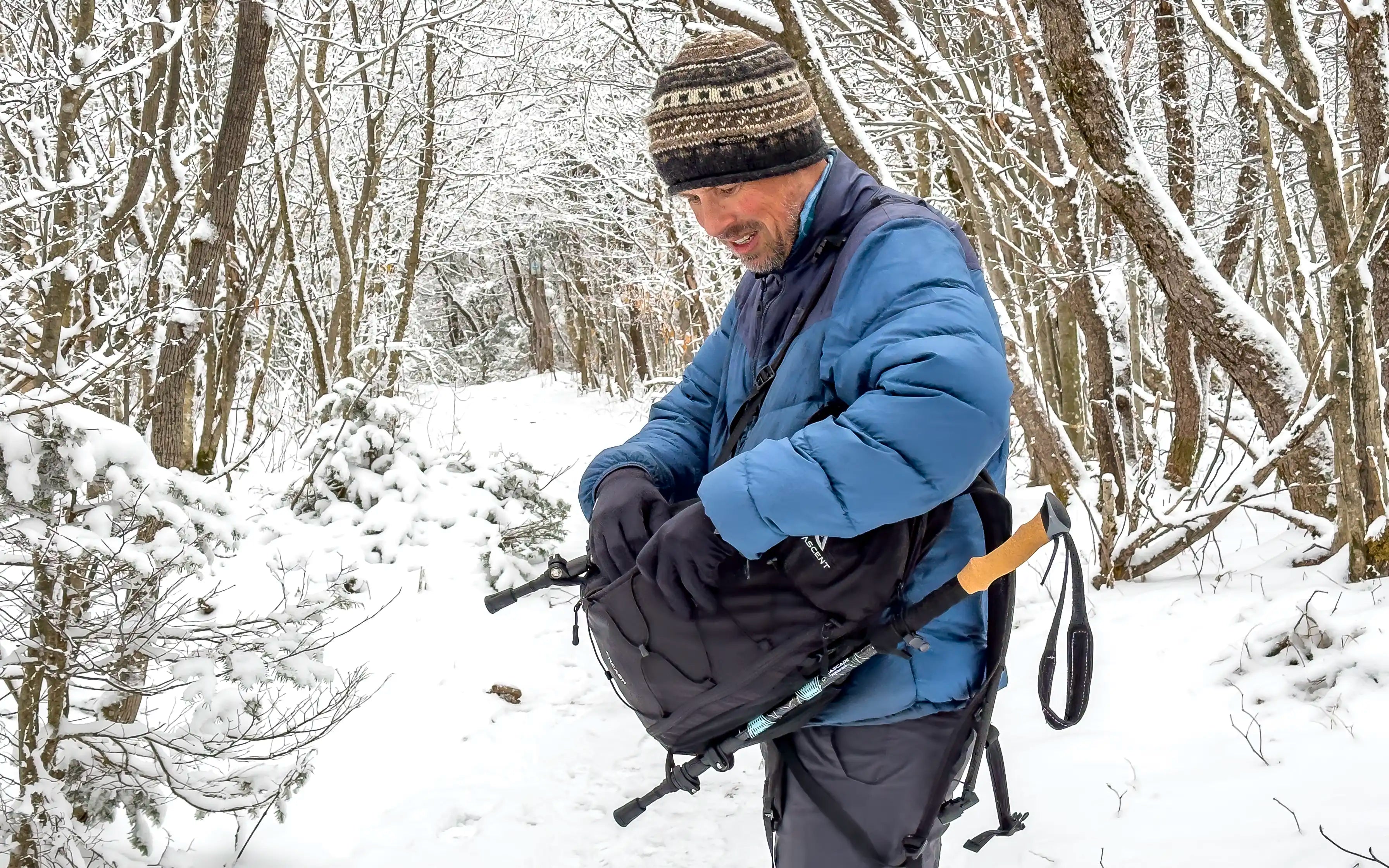
Gear Attachments
Versatility matters. While many packable backpacks have a minimalist design, having options for attaching gear that won’t fit inside or needs quick access can make a huge difference.
Consider backpacks with daisy chains—webbing loops sewn into the pack. These are perfect for attaching additional smaller gear with carabiners. Shock cords are great for securing larger items that you want to have easy access to or would bounce too much when attached to daisy chains. They are also great for wet or dirty gear that you want to keep separate.
If you use hiking poles, opt for a pack with dedicated pole attachments. Trying to figure out a makeshift solution for storing your poles can be frustrating— a designated attachment point ensures that your poles are securely stowed, easily accessible when you need them, and don’t prevent access to your other gear.
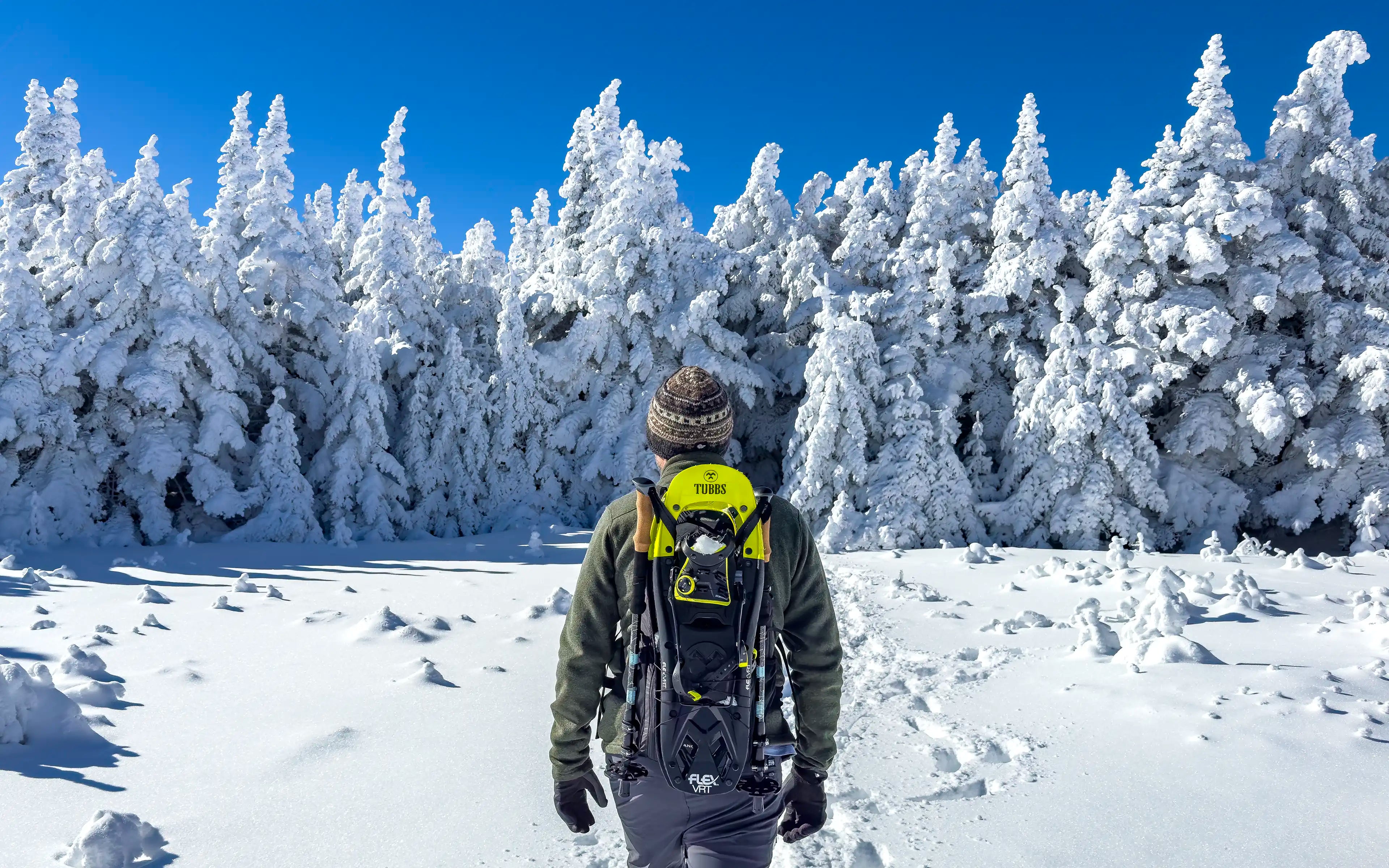
Safety
Safety might not be your first consideration when picking a packable hiking backpack, but it can be vital in emergencies. Features like a built-in whistle, often on the sternum strap, could be lifesavers, allowing you to signal for help or deter aggressive wildlife. Reflective details, such as strips or logos, improve visibility in low light, helping others spot you during dawn, dusk, or foggy conditions. Backpacks in bright colors like neon green, orange, or red further enhance visibility, making you easier to locate in case of rescue. These simple features can offer peace of mind, letting you focus on your adventure.
Why Not Just Use A Regular Hiking Backpack?
While traditional hiking backpacks are great for extended trips and heavy loads, packable backpacks offer unique advantages. Their lightweight, compact design makes them ideal for day hikes, summit pushes, and travel when space is limited. These versatile bags can easily fit inside a larger pack or suitcase, serving as convenient backup bags. Packable backpacks shine when less gear is needed or when extra capacity without added weight is important. Next time, consider the flexibility and convenience of a packable backpack for your shorter excursions or spontaneous adventures.
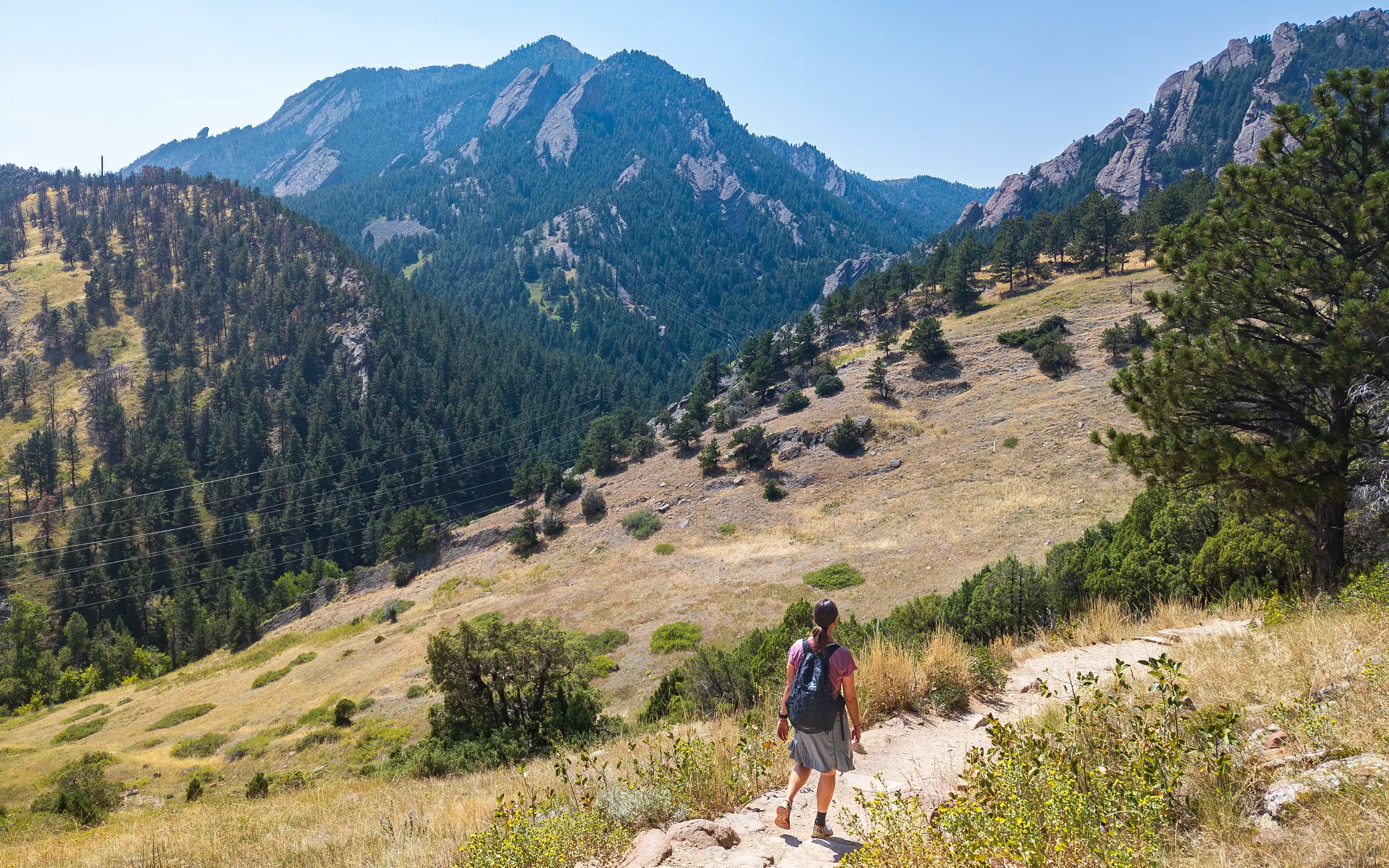
Putting It All Together: Ancash Packable Daypack
If you’re looking for a packable hiking backpack that balances features, functionality, and a compact design, the Ancash Packable Daypack is a perfect fit. Lightweight and durable, the Ancash Packable Daypack is designed to handle the demands of the trail without weighing you down. With its thoughtful design and space-saving packability, it’s a reliable companion for all your outdoor adventures.

